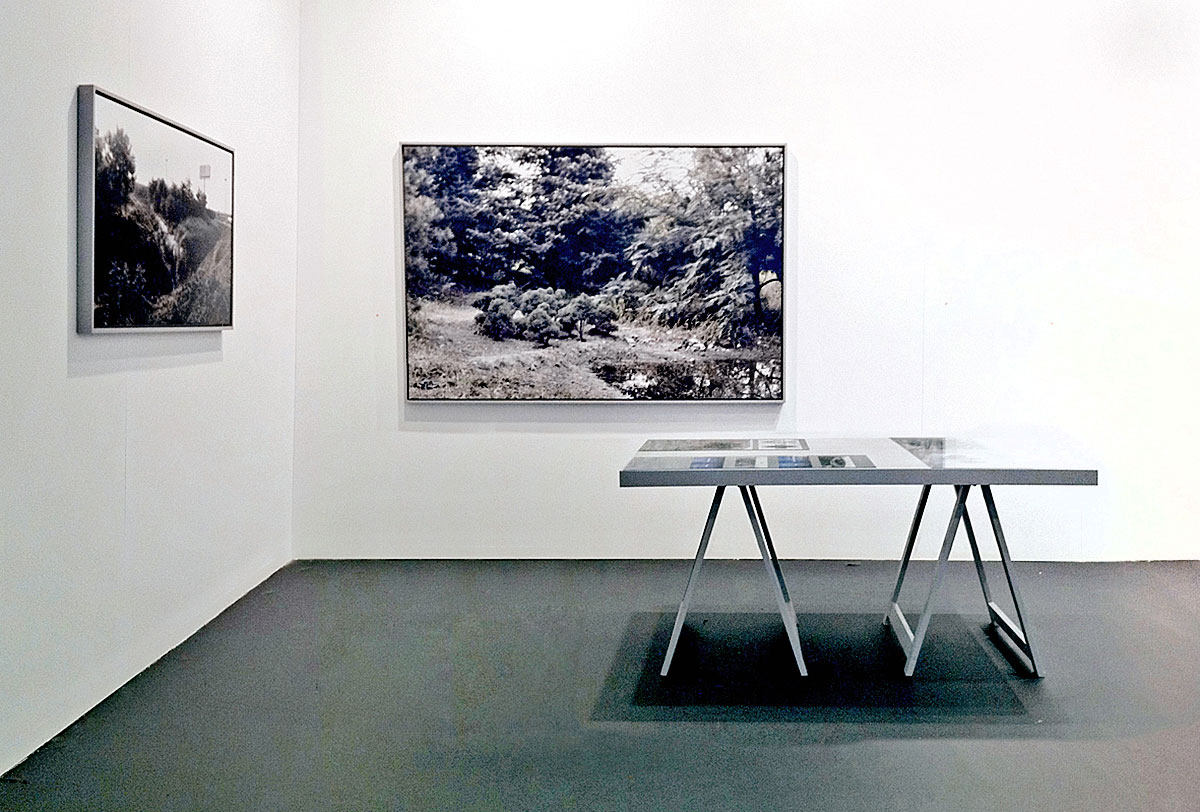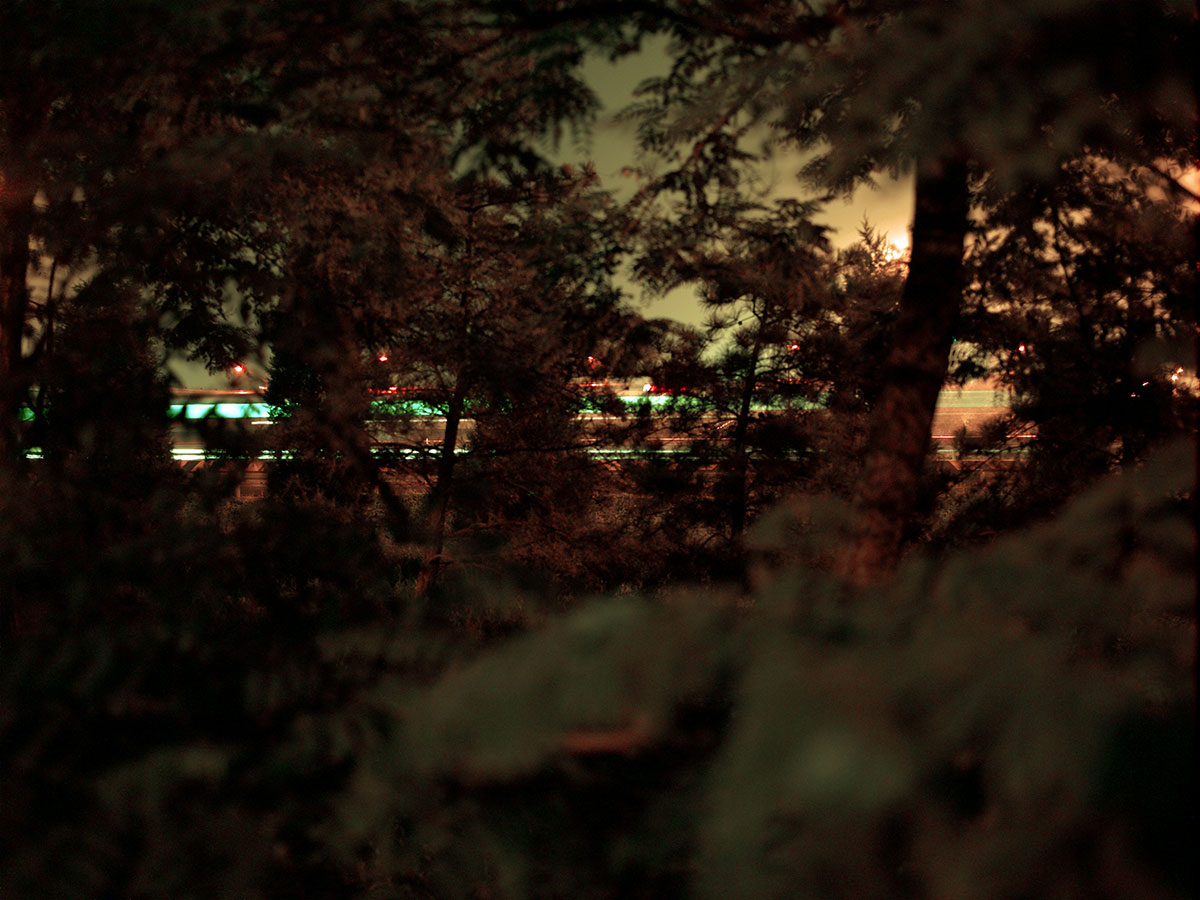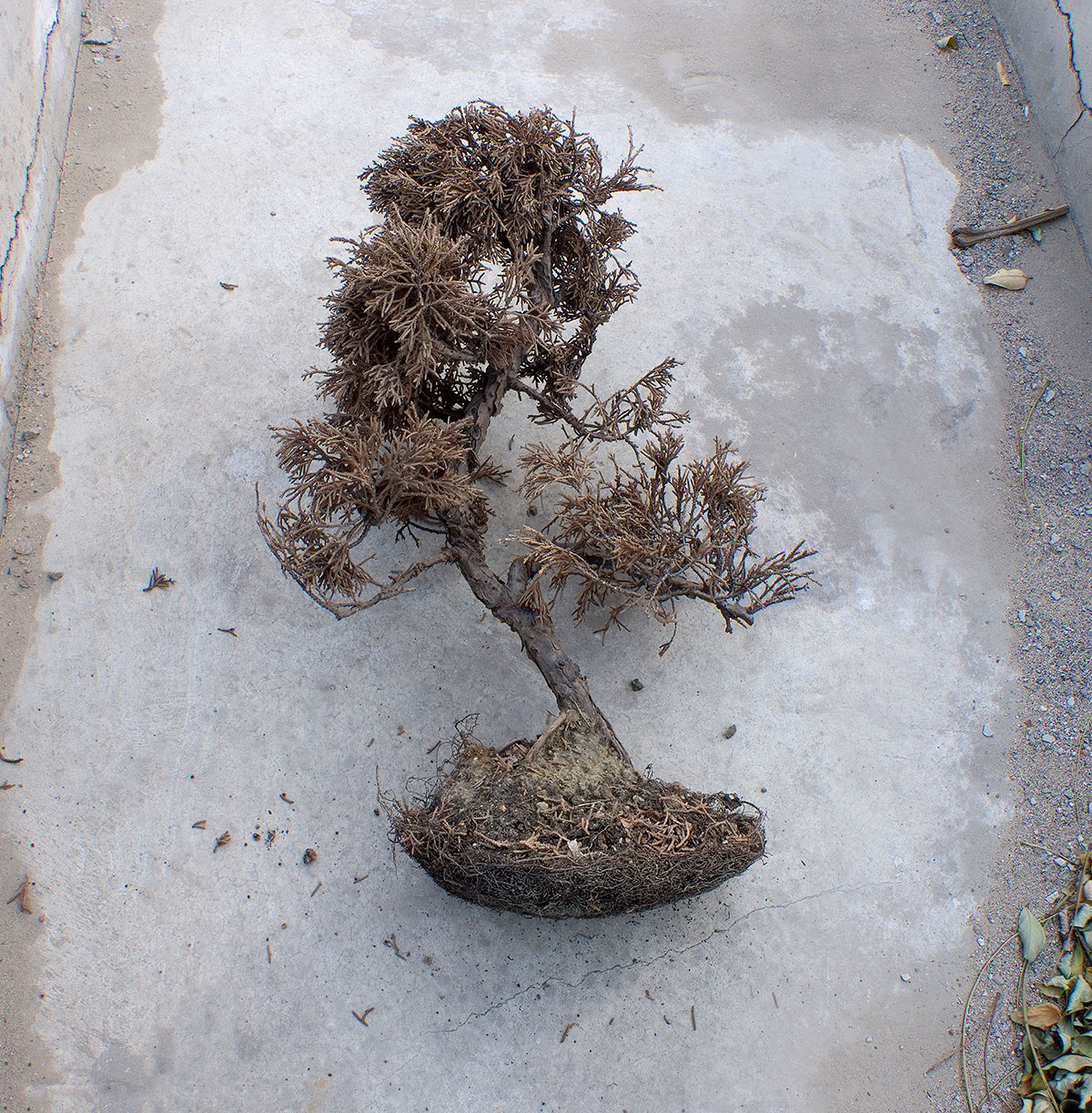unwilling spectator
UNWILLING SPECTATOR
Take the most usual spot in our everyday practice, the room, say, that one grew up in over the course of 14 years, observe the sparse experience that has been gleaned from it, and this will graphically reveal how limited our subjective spatial circuit is: from the door to the bed, from the bed to the wardrobe, from the wardrobe to the table… This sparsity becomes yet more evident if we transfer this exercise to the sphere of contemporary public space. The real experience of the Atlantic Ocean on a Madrid-New York flight is 8 hours of pressurised cabin, a long shout from any connotation associated with that huge mass of water.
On an intermediate scale, the circuit of interurban connections and spaces materialises in our everyday practice as a kind of distancing of the real, making adjacent spots ultradistant: like the simultaneous experiencing of the same point on a motorway, between a workman sweeping the hard shoulder and another person passing in a car.
Unwilling Spectator details these relative mechanisms of time and experience, with the support of parameters such as inertia or tempo. It takes the shape of an intervention upon one of those small gardened spaces set within a motorway ring road. A space that’s been encircled a thousand times by the circuit that defines it but has never been approached. A location whose experience is residual or null.
The first part of the intervention consisted of journeying every day over a number of weeks to the Laiguangying intersection on the 5th Ring Highway of Beijing in order to reconnoitre these spaces between roads and study how they are constructed so as not to be experienced. The incongruity of their scale in relation with one’s own, their layout, their tempo, etc. Having situated the subject dimensionally in relation to the place, it was decided as a second step to produce some spatial permutation by establishing a small bonsai forest within the isle the ring road encircles. A situation of synecdoche of the spot is thereby generated, where the radically contrasting tempos of both elements are dissolved and their absolute characters become more relative.
Through this presence and the accompanying documentation that took place over the next month, a new sense of the distance between the circumscribed element and its host was set in play. Negative action over the next year and beyond opens up the object of this intervention to the degree of irrelevance that the place lends it and what happened in a location that is not its own gives way, unattended, to the previous continuum of excluding realities.
>Beijing 2010.
··
ESPECTADOR INVOLUNTARIO
Tomar el lugar más habitual de nuestra experiencia cotidiana, digamos la habitación en que uno ha crecido durante 14 años y observar la escasa experiencia que de ella se ha tenido, muestra de manera gráfica lo limitado de nuestro circuito espacial subjetivo: De la puerta a la cama, de la cama al armario, del armario a la mesa… Dicha escasez resulta aún más clara al trasladar este ejercicio al ámbito del espacio público. La experiencia real del Océano Atlántico en un vuelo Madrid-Nueva York es la de una cabina presurizada durante 8 horas, muy lejana de cualquiera connotación inscrita en aquella enorme masa acuática.
En este aspecto, el circuito de conexiones y espacios interurbanos materializan una intencionada carencia o distanciamiento de lo real que convierte en hiperdistantes lugares contiguos. Como la experiencia simultanea de un mismo punto en la autopista, entre un operario barriendo el arcén y otra persona que pasa en automovil a 130 Km/h.
Unwilling spectator desglosa estos mecanismos de tiempo y experiencia relativos apoyado en circunstancias como la inercia o la escala. Se trata de la intervención específica en uno de los pequeños bosques inscritos en las circunvalaciones de autopista. Un espacio mil veces circundado por el circuito que lo define pero sin embargo jamás abordado. Una localización cuya experiencia es residual o nula.
Durante aproximadamente 15 días se trabajó en la instalación de un reducido bosque de bonsáis dentro de la circunvalación de Laiguangying en el 5th Ring Highway de Beijing. El carácter del bonsái como objeto natural digerido e hiperculturizado desencadena, al encuentro con este entorno y sus connotaciones, cierta sinécdoque perceptiva y real del lugar. En esta conjunción, los tempos radicalmente opuestos de ambos elementos quedan disueltos y su carácter absoluto desactivado hacia una experiencia más relativa.
A través de nuestra presencia y documentación llevada a cabo durante los 10 días y noches siguientes se genera una nueva experiencia de la distancia entre el elemento circunscrito y su anfitrión, imposibles a su vez de experimentar de forma simultánea.
La acción en negativo llevará en adelante al objeto de esta intervención, abandonado a la irrelevancia que el propio lugar le otorga, a la condición de simples arbustos y aquello que sucedió solo en un momento y lugar concretos dejará paso a aquel continuo anterior de realidades excluyentes.
Beijing 2010.




















